Your cart is currently empty!
A flawless lawn entails more than just occasional mowing! Here, I will detail various techniques I can implement to help you cultivate a lawn that will make your neighbours green with envy.
PETS
To start, I have a deep affection for animals; however, pets, particularly dogs, do not contribute positively to a healthy, vibrant lawn. Keeping pets away from the lawn during wet conditions will be beneficial in the long term. Diluting the areas where your pets relieve themselves can help prevent scorching, especially if you have a female dog.

BOX or MULCH?
Routine, short mowing plays a crucial role in hindering weeds from taking root and allows light and air to penetrate the grass base, promoting lush growth. Collecting the grass clippings is advantageous, though employing a mulching mower—which finely chops the grass before discharging it—will allow the clippings to decompose and replenish nutrients back into the soil.
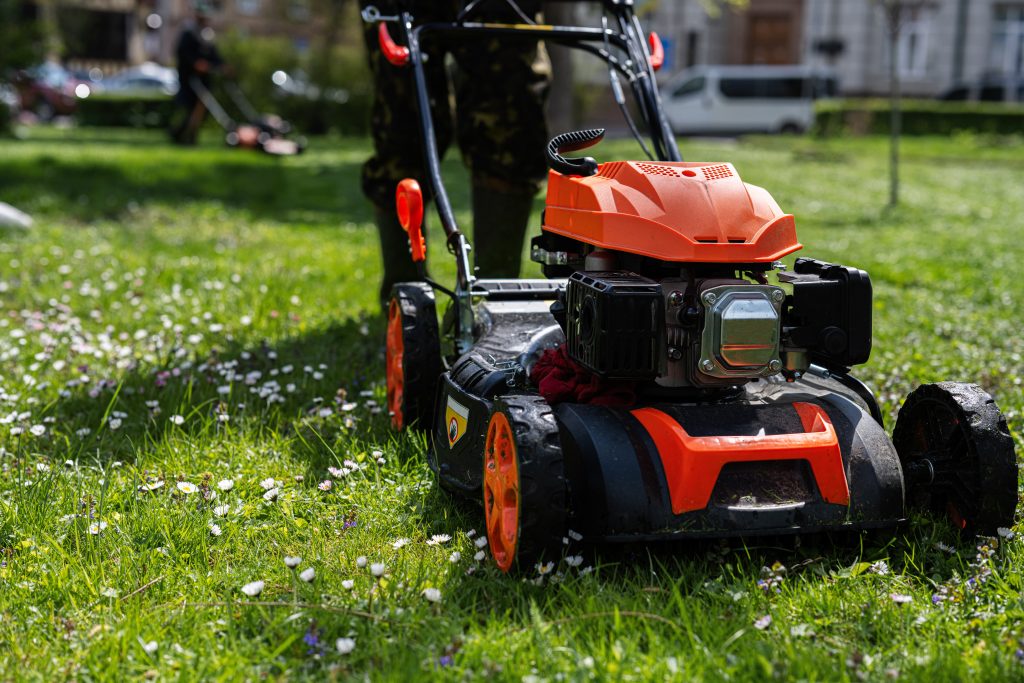
TOP DRESSING
For lawns that appear patchy, top dressing can effectively address those bald spots. This method involves mixing grass seed with horticultural sand and scattering it over the bare areas. A gentle layer of peat-free compost should then be applied on top, followed by a light watering to help establish growth.
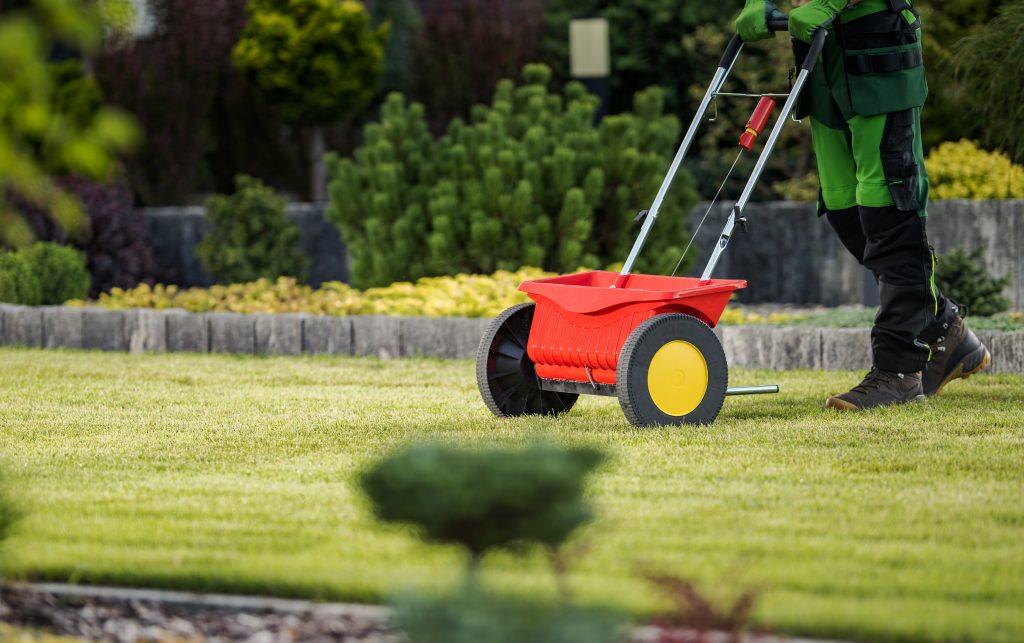
WATERING
In the summer or periods of drought, it is recommended to water the lawn regularly, ideally during the evening hours. However, be mindful of the ground moisture levels, as a lawn with poor drainage could become over-saturated, leading to damage.
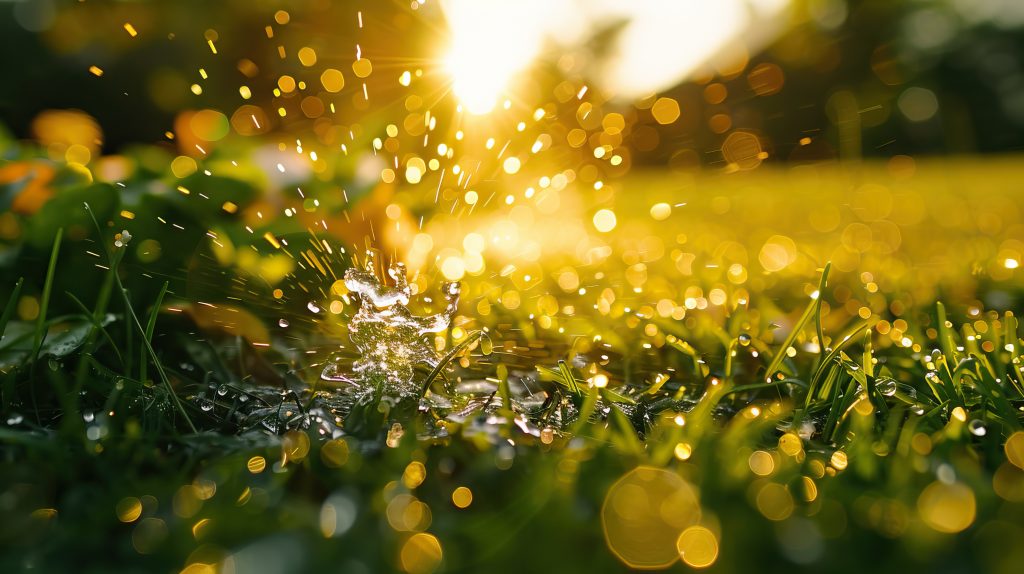
STRIPES
A striped lawn is visually appealing but can have negative effects on lawn health. Striping can be achieved through various methods, but nowadays, it is commonly done using rotary mowers equipped with a roller that flattens the grass as it passes. The appearance of stripes occurs when you change the direction of your next pass. It’s crucial to avoid rolling when the grass is wet or dewy, as this could displace grass from the soil. Given the climate in the UK, dry conditions are infrequent!
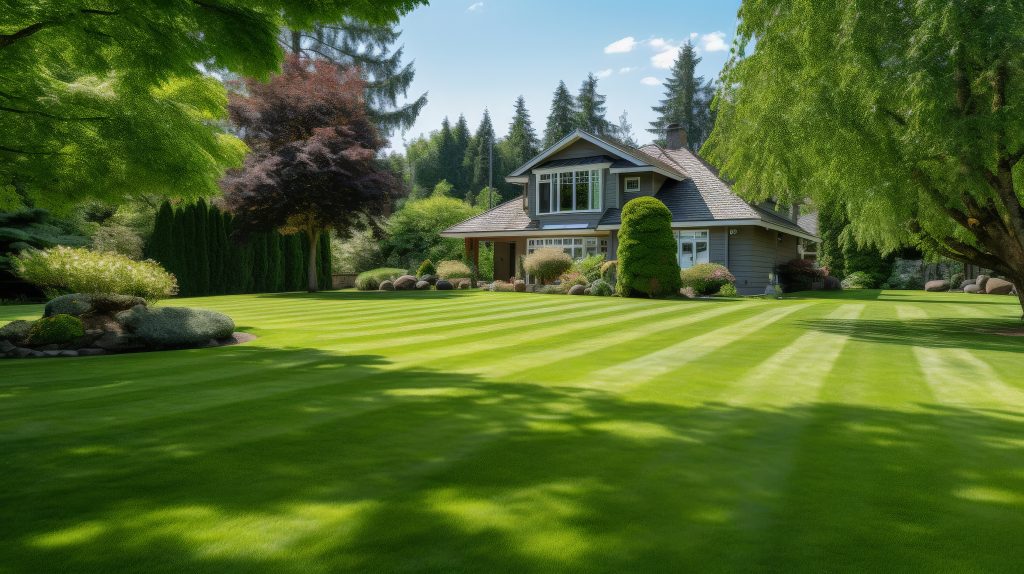
INCLEMENT CONDITIONS
While it is feasible to mow wet grass provided it is not overly lengthy and the ground isn’t waterlogged, my guideline is this: if it’s just a brief shower, mowing can proceed. If there’s been substantial rainfall over a prolonged period, I would prefer to wait for drier conditions to avoid damaging the lawn and creating ruts.
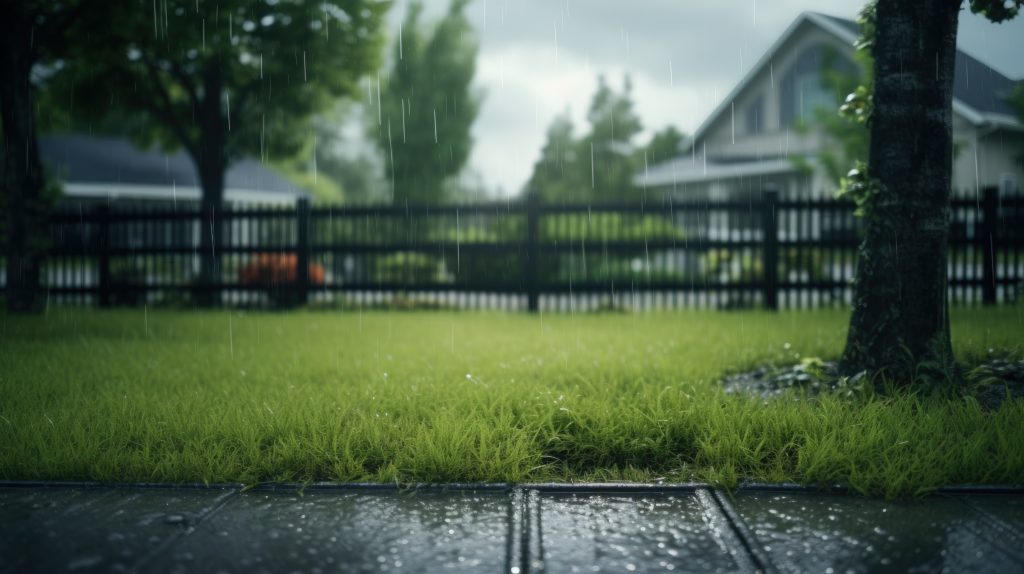
MOSS & THATCH
Should you spot moss growing in your lawn, it’s wise to treat it prior to removal, as attempting to remove it could exacerbate the issue. Follow the provided treatment instructions and allow the moss to die off before proceeding with its removal. In this guide, when we address thatch removal, we are also considering moss.
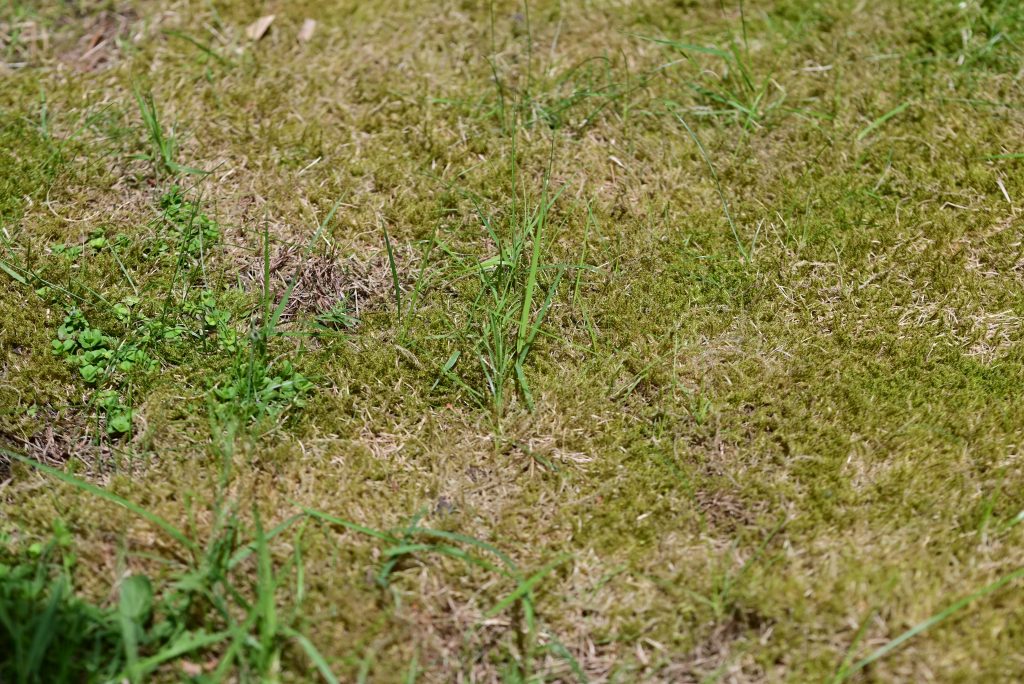
The difference between dethatching and scarifying
Dethatching and scarifying are both lawn care methods focused on removing organic debris, moss, and thatch from the grass’s base. Although both techniques can improve lawn health, dethatching targets a thinner layer of thatch, while scarifying is a more intense procedure that goes deeper to remove thicker accumulations of thatch.
During the dethatching process, metal tines are utilized to rake across the grass surface, elevating the thatch without causing significant disruption to the lawn’s appearance. Once collected, the thatch should be disposed of appropriately.
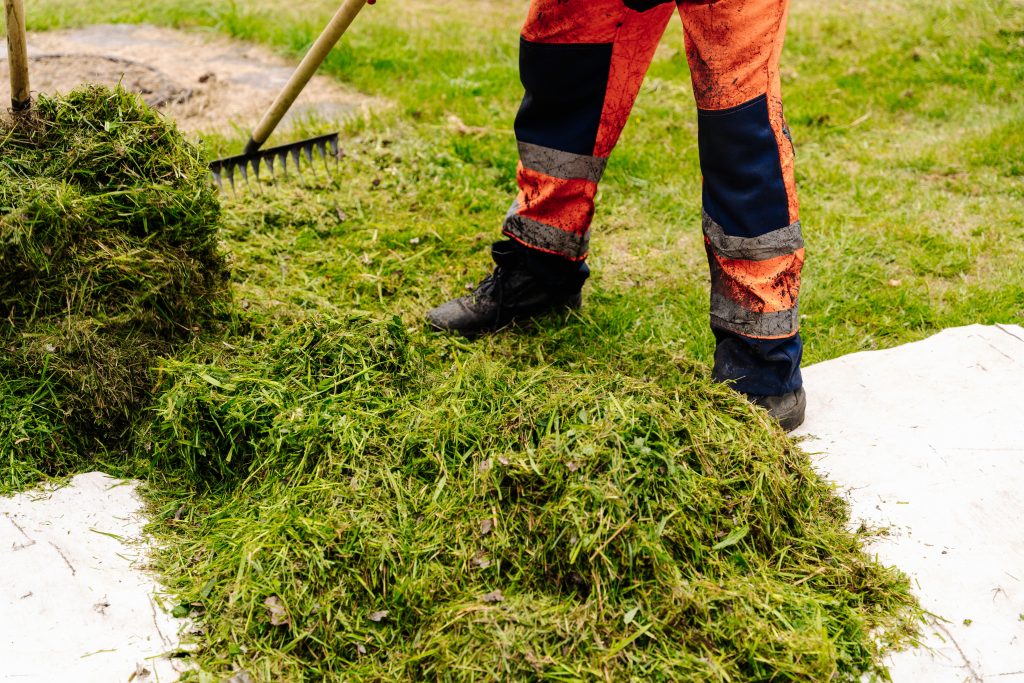
Conversely, scarifying employs metal blades that penetrate deeply into the lawn to extract thicker thatch layers. This process is more vigorous than dethatching, and your lawn will require recovery time afterward. Be aware that a scarified lawn may initially look damaged, but this is a normal part of the recuperation process.
The optimal time for dethatching or scarifying your lawn is in autumn, when temperatures drop yet the grass remains lively, and the likelihood of rain increases. Alternatively, you can scarify in early spring before the main growing season begins, assuming warm weather and rain are expected to aid in grass recovery. Conducting these tasks during these periods accelerates the recovery process. It’s advisable to avoid these activities during winter when grass is dormant and in the heat of summer when temperatures are too high, as this can impede recovery.
Before you start, it’s beneficial to mow the lawn short. This enables easier visibility of thatch, making it simpler to remove.
You can either dethatch or scarify your lawn manually with a dethatching rake or use a powered dethatcher/scarifier.
To manually dethatch, you’ll need a dethatching rake, sometimes referred to as a spring tine rake. This rake is equipped with sharp tines intended to penetrate the thatch layer and lift it from the base of the grass.
Using this method can be labor-intensive and may require time, making it suitable for smaller lawns or light dethatching work. To effectively use the dethatching rake, rake the surface of the lawn, overlapping your strokes in the opposite direction to ensure comprehensive removal of dead grass.
For larger plots or those with serious thatch issues, employing a powered dethatcher or scarifier is recommended. These machines function similarly to lawn mowers but are equipped with tines or blades designed to break through thatch and extract it from the lawn’s base. Always refer to the operator’s manual and adhere to safety guidelines before operating powered equipment.
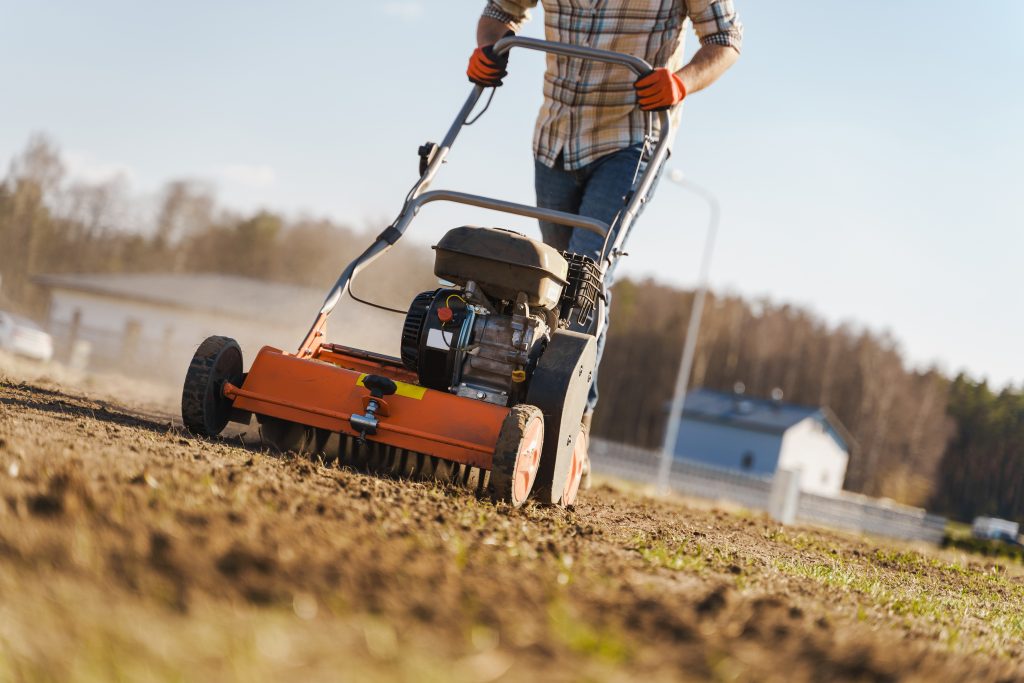
If your dethatcher or scarifier doesn’t collect thatch into a bag or container, you will need to rake or mow over the lawn yourself to clear the debris. Set your mower to a higher cutting height before mowing to gather the thatch effectively.
Post-dethatching, it’s also beneficial to water and fertilize your lawn to facilitate recovery and spur new growth.
Indicators that your lawn may need dethatching or scarifying
There are several signs that your lawn might benefit from dethatching or scarifying. Look for the following signals:
If your grass appears sparse or is not growing as robustly as before, it could be a sign that thatch has accumulated, obstructing water, nutrients, and oxygen from reaching the roots.
Feeling a spongy texture underfoot may indicate an excessively thick thatch layer.
Noticeable matted patches in the lawn typically point to a significant layer of thatch beneath.
The frequency with which you should dethatch or scarify depends on various factors, so it’s wise to assess your lawn and make an informed choice. In general, dethatching is a light task that can be done often, while scarifying is generally reserved for one or two times each year.
To maintain a healthy lawn, incorporating dethatching and scarifying into your broader lawn care routine will be crucial.
As a lawn care expert, Busy Bee Gardens is well-equipped to advise on optimal lawn care practices and can undertake all of the aforementioned processes on your behalf. I have invested significantly in education and training to ensure I deliver the best results for your garden. Please reach out for a no-obligation quote to elevate your garden to the standard it deserves!
